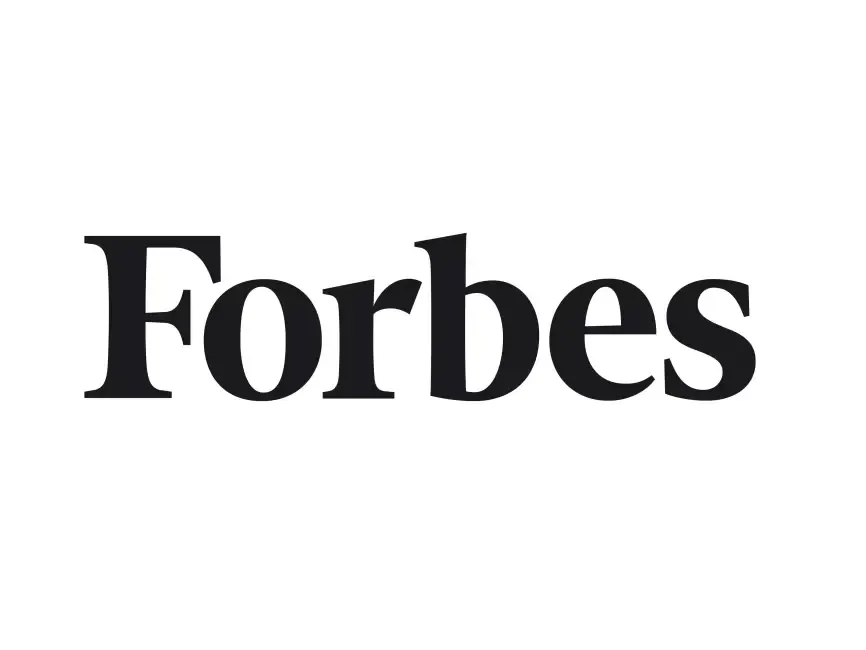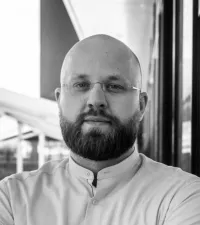BRIDGING RESEARCH, TECHNOLOGY, AND THE GAMING WORLD
Your partner in cutting-edge software development
Our mission is to transform human well-being and human-computer interaction. We do this by integrating virtual reality, augmented reality, and artificial intelligence technologies. At the heart of our philosophy is game-therapy. We create innovative, scientifically grounded, yet playful solutions for a wide range of challenges.

IMPACTFUL TOOLS FOR A BETTER QUALITY OF LIFE
Our products
ClaustrOFF
A game created with cutting-edge research to help you overcome fears in a safe, engaging, and effective way
NeuroBoostVR
Innovative exercises for seniors and others to improve motor skills, balance, and orientation with simple, effective activities
VIRADIA
Virtual Reality Platform for Early Diagnosis of Neurodegenerative Diseases, Revolutionizing Neurological Diagnostics
Experience the full power of VR for positive well-being
With a commitment to innovation and the transformative power of VR, we aim to make a lasting impact on mental health, education, industry, and personal growth, all grounded in scientific research and designed to enhance well-being worldwide.

GROWTH THROUGH INNOVATIONS
The GAMETHERAPY model
We harness the power of new technologies. By making care and training more accessible and tailored, we empower individuals and organizations to thrive. Rooted in scientific research, our innovative approach drives meaningful change, transforming mental health, education, healthcare, industry, and personal growth on a global scale.
SOLUTIONS THAT MAKE AN IMPACT
Immersive solutions for mental health and beyond
Our primary focus is on creating immersive applications that empower individuals to overcome challenges like anxiety, phobias, and neurological conditions. These solutions are designed to enhance well-being and unlock potential across various aspects of life, showcasing our expertise in innovative and impactful technologies.
Engaging VR/AR solutions for soft skills training
Evaluation in neurology and rehabilitation
General education
Personal development
Industrial training
Industry 5.0 applications

Join the Mind Heaven Community!
Be part of our journey to transform mental health care and well-being through innovation and gamification. By signing up, you’ll gain access to exclusive psychological content, enjoy discounts on our products, and stay updated with the latest news about our projects. You’ll also discover unique content like game stories and behind-the-scenes insights into our app development process. We value your ideas and feedback to make our games even better. Join us, become a co-creator, and help shape the future of the Mind Heaven Community!

Overcoming Claustrophobia: Practical Tips and Therapies
Overcoming Claustrophobia: Practical Tips and Therapies

"Claustrophobia isn’t just fear—it’s your mind signaling discomfort in tight spaces. With the right strategies and therapies, this fear can be managed and even overcome." – Dr. Martin Polák
Claustrophobia, the fear of enclosed or confined spaces, can make everyday situations like riding an elevator, flying, or even MRI scans feel overwhelming. But the good news is that claustrophobia is highly treatable with the right approach. In this guide, we’ll explore practical tips, effective therapies, and science-backed strategies to help you regain control and face confined spaces with confidence.
What is Claustrophobia?
Claustrophobia is more than just discomfort in small spaces; it’s an intense fear that can trigger physical and emotional symptoms such as:
Rapid heartbeat
Sweating or shaking
Shortness of breath
A strong urge to escape
This fear often stems from past traumatic experiences, learned behaviors, or a combination of genetic and environmental factors. It affects about 5–10% of the population, but effective therapies and coping techniques offer hope.
Therapies for Claustrophobia
1. Cognitive Behavioral Therapy (CBT)
CBT is a leading treatment for claustrophobia. It focuses on identifying and changing negative thought patterns and behaviors.
How it helps: CBT teaches you to challenge irrational fears and replace them with balanced, constructive thoughts.
What to expect: You’ll work with a therapist to develop coping strategies and practice real-world exposures in a safe environment.
Research from the Journal of Anxiety Disorders highlights that 75% of people undergoing CBT for phobias report significant improvement.
2. Exposure Therapy
Exposure therapy involves gradually confronting feared situations to desensitize your mind and body.
How it helps: Repeated, controlled exposure reduces the intensity of fear over time, allowing you to build confidence.
What to expect: Start small, like imagining a confined space, then progress to entering an elevator or similar situations.
Modern tools, such as virtual reality (VR), make exposure therapy even more accessible by simulating feared environments in a controlled setting.
3. Mindfulness-Based Stress Reduction (MBSR)
Mindfulness techniques help manage the anxiety associated with claustrophobia.
How it helps: MBSR focuses on staying present and reducing overthinking, which can amplify fear.
What to expect: Techniques include deep breathing, body scanning, and mindful visualization to calm your mind and body.
4. Medication
In severe cases, medication may be prescribed to manage symptoms temporarily.
Options include: Anti-anxiety medications or beta-blockers to reduce physical symptoms like a racing heart.
Caution: Medication is not a standalone treatment and works best when combined with therapy.
Practical Tips to Cope with Claustrophobia
1. Practice Controlled Breathing
Anxiety often triggers shallow breathing, which worsens symptoms.
How to do it: Take a deep breath in through your nose for 4 seconds, hold for 4 seconds, and exhale through your mouth for 6 seconds. Repeat until calm.
2. Challenge Negative Thoughts
Replace “I’m trapped” with “This space is temporary, and I’m safe.”
Why it helps: Positive self-talk reduces panic and grounds you in reality.
3. Use Distraction Techniques
Shift your focus away from fear.
How to do it: Count backward from 100, name objects in the room, or listen to calming music.
4. Start Gradual Exposure
Avoidance reinforces fear, but gradual exposure helps desensitize you.
How to do it: Begin by spending a few seconds in a mildly confined space, then gradually increase your time.
5. Lean on Support
Don’t hesitate to share your experiences with trusted friends, family, or support groups.
Why it helps: Knowing you’re not alone provides encouragement and reduces isolation.
The Science Behind Claustrophobia Treatments
Numerous studies underscore the effectiveness of therapy and coping techniques:
Behavior Research and Therapy (2022): Found that exposure therapy, especially with VR, reduces phobia symptoms by 80%.
Journal of Clinical Psychology (2021): Highlighted the long-term benefits of CBT for treating specific phobias.
Mindfulness and Anxiety Disorders (2023): Demonstrated that mindfulness techniques improve emotional regulation in individuals with claustrophobia.
How Technology is Transforming Treatment
Advancements in VR therapy provide new opportunities for treating claustrophobia. Virtual environments allow users to simulate confined spaces like elevators, airplanes, or tunnels, all in a safe, controlled setting. Tools like ClaustrOFF, a VR-based therapeutic game, are making treatment more accessible and engaging, combining exposure therapy with guided relaxation techniques.
When to Seek Professional Help
If claustrophobia interferes with your daily life or you avoid important situations due to fear, consider consulting a mental health professional. Early intervention leads to faster and more effective outcomes.
Final Thoughts
Overcoming claustrophobia takes time, patience, and the right strategies. By combining therapy, practical tips, and emerging technologies, you can take steps toward reclaiming your confidence and freedom. Remember, progress may be gradual, but every step forward is a victory worth celebrating.
References
Antony, M. M., & Swinson, R. P. (2022). Exposure-based treatments for phobias. Behavior Research and Therapy.
Hofmann, S. G., & Smits, J. A. (2023). Cognitive-behavioral therapy for specific phobias. Journal of Clinical Psychology.
Kabat-Zinn, J. (2023). Mindfulness-based stress reduction: Applications for anxiety. Mindfulness and Anxiety Disorders.
Powers, M. B., & Emmelkamp, P. M. (2022). Virtual reality applications for phobias. Annual Review of Clinical Psychology.






